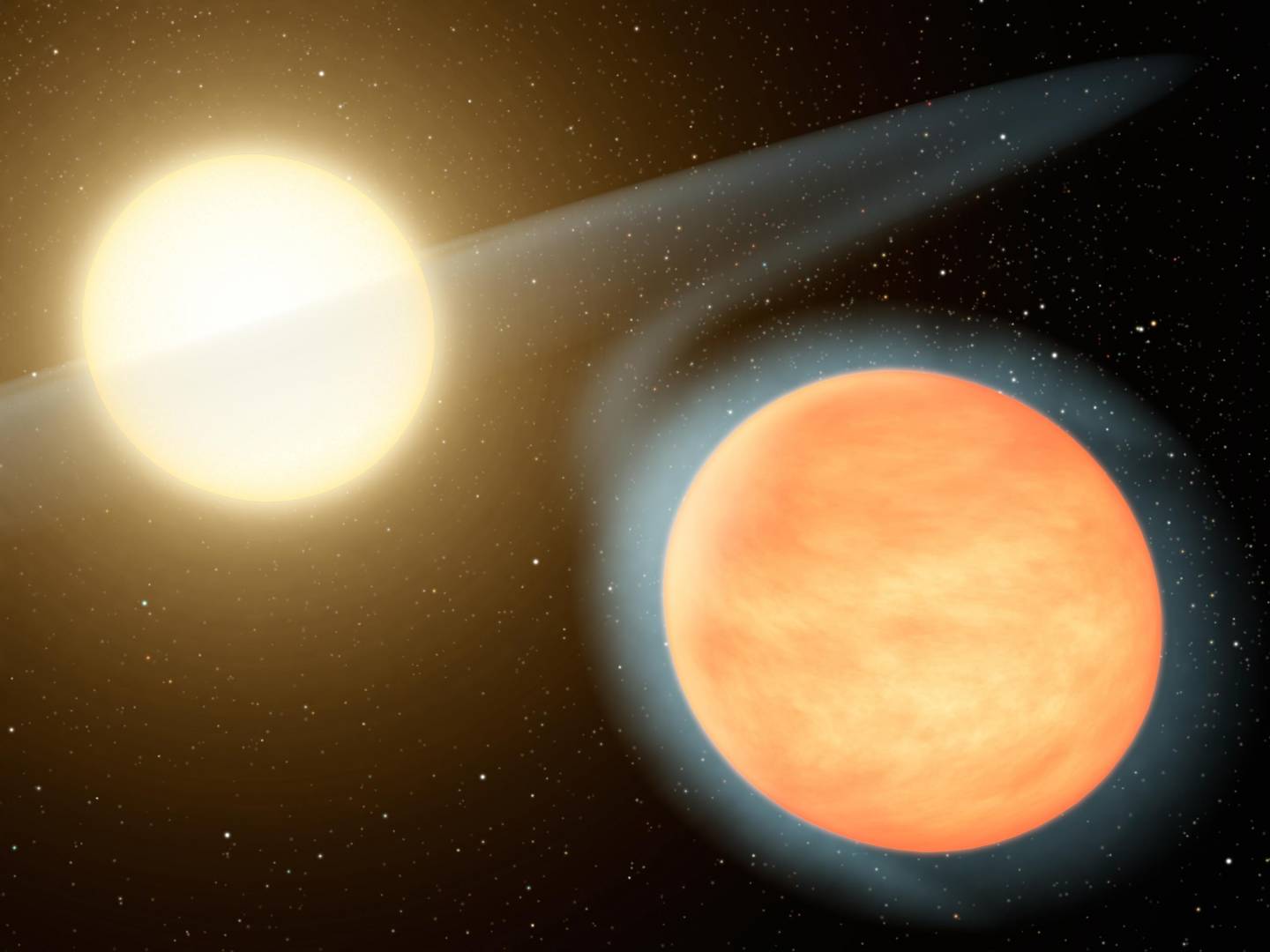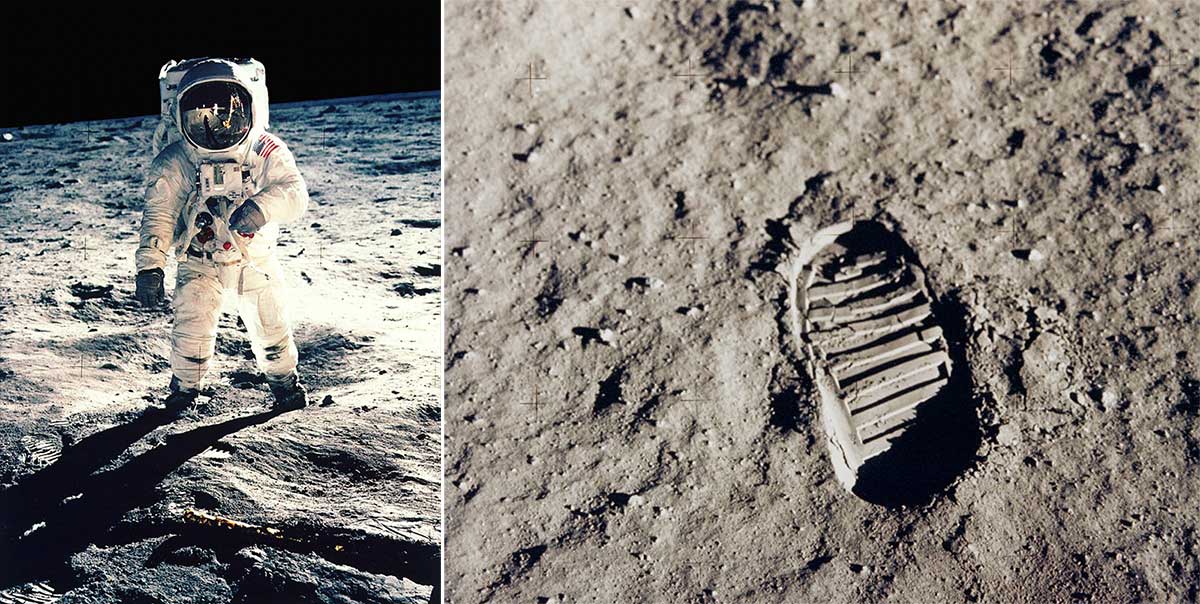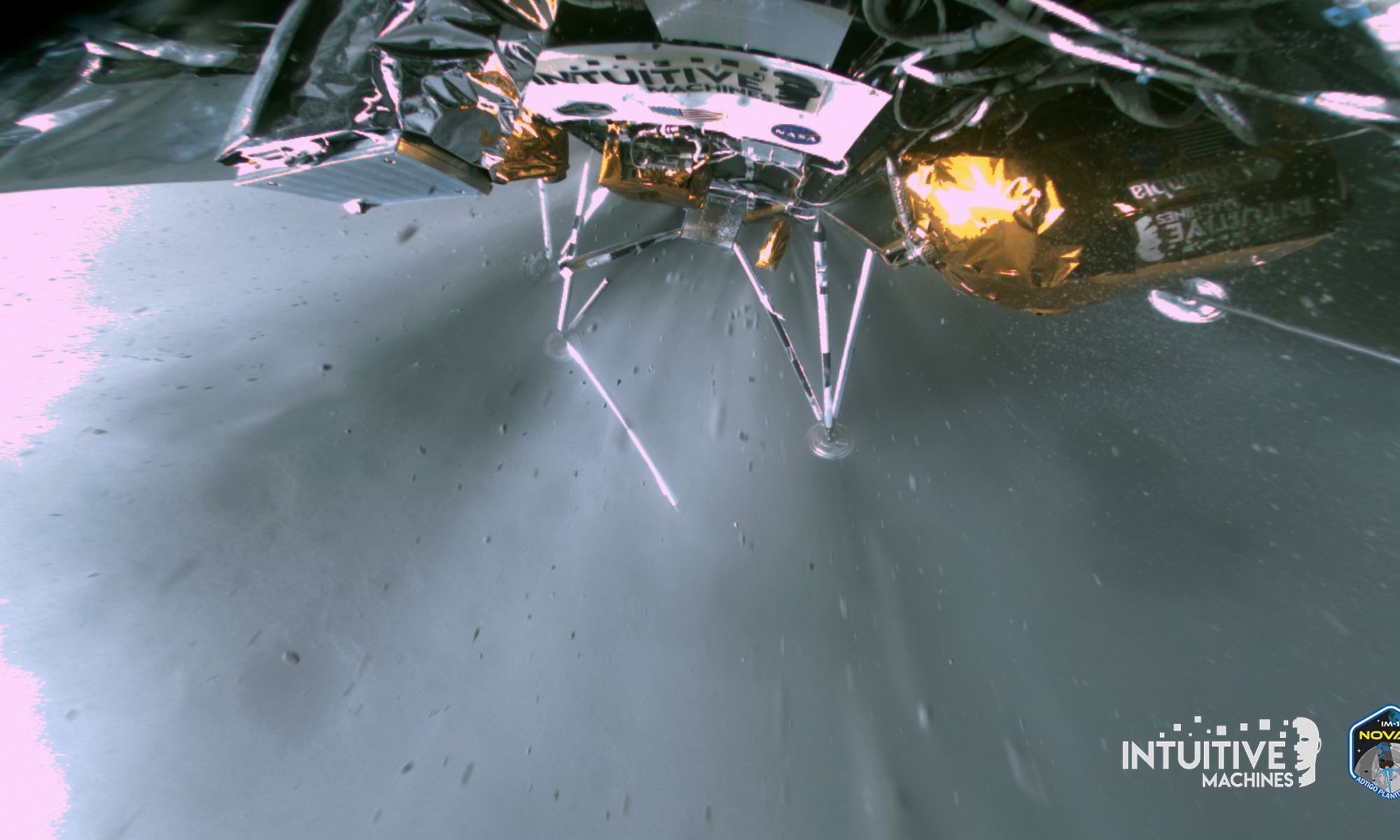In its first year of operation, the James Webb Space Telescope (JWST) made some profound discoveries. These included providing the sharpest views of iconic cosmic structures (like the Pillars of Creation), transmission spectra from exoplanet atmospheres, and breathtaking views of Jupiter, its largest moons, Saturn’s rings, its largest moon Titan, and Enceladus’ plumes. But Webb also made an unexpected find during its first year of observation that may prove to be a breakthrough: a series of little red dots in a tiny region of the night sky.
These little red dots were observed as part of Webb’s Emission-line galaxies and Intergalactic Gas in the Epoch of Reionization (EIGER) and the First Reionization Epoch Spectroscopically Complete Observations (FRESCO) surveys. According to a new analysis by an international team of astrophysicists, these dots are galactic nuclei containing the precursors of Supermassive Black Holes (SMBHs) that existed during the early Universe. The existence of these black holes shortly after the Big Bang could change our understanding of how the first SMBHs in our Universe formed.
Continue reading “Little Red Dots in Webb Photos Turned Out to Be Quasars”









